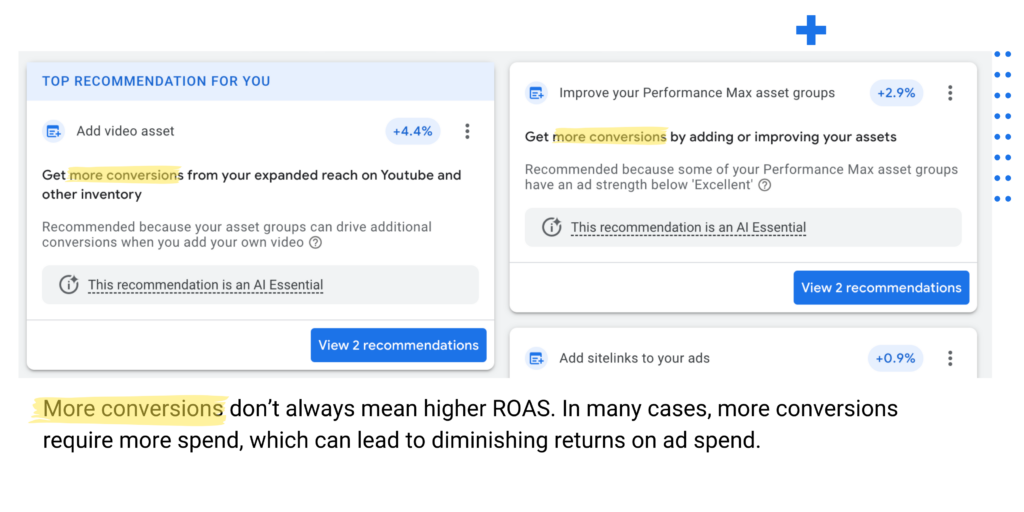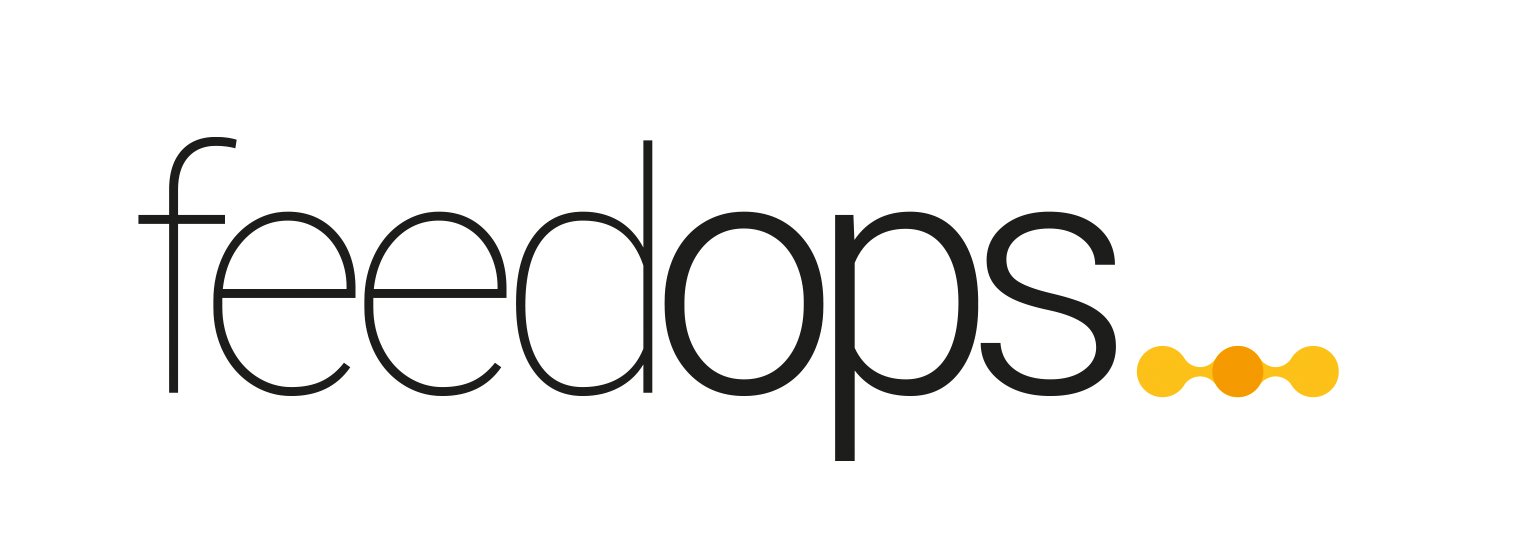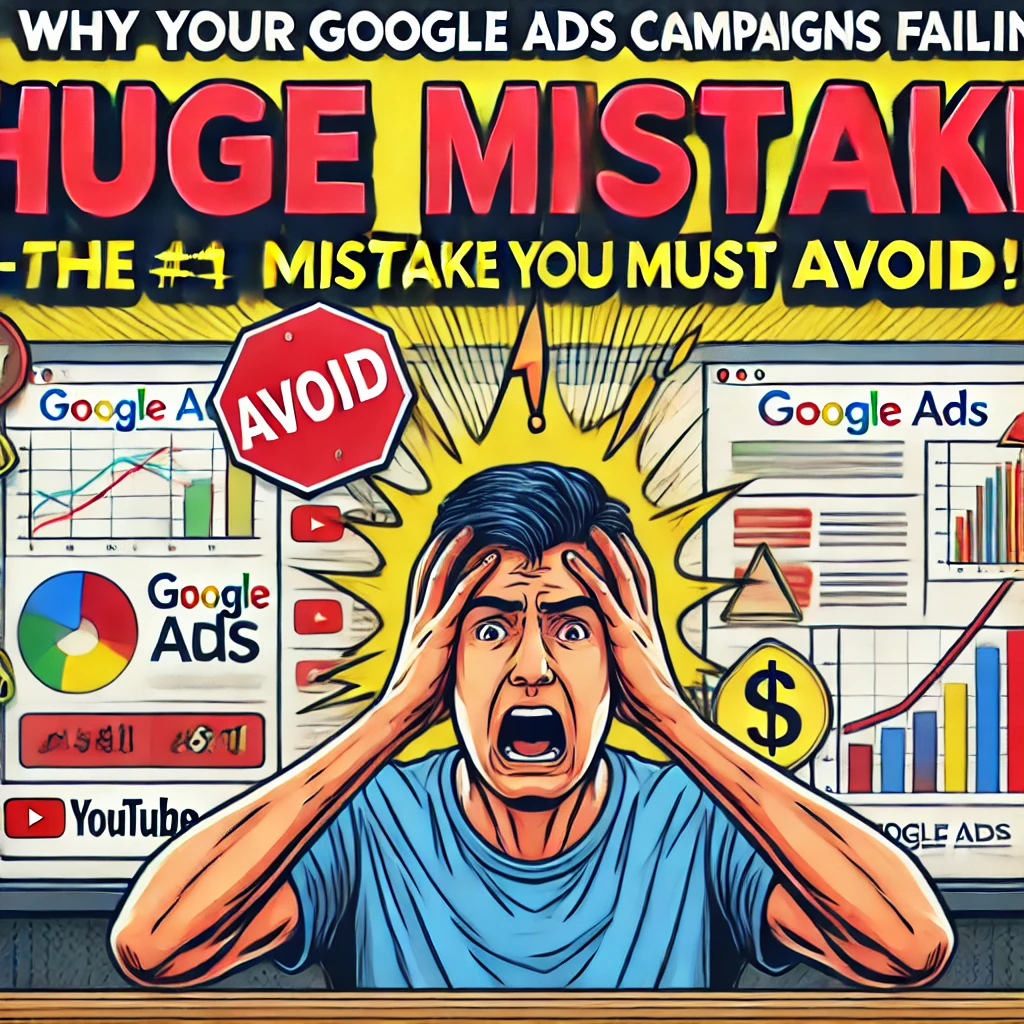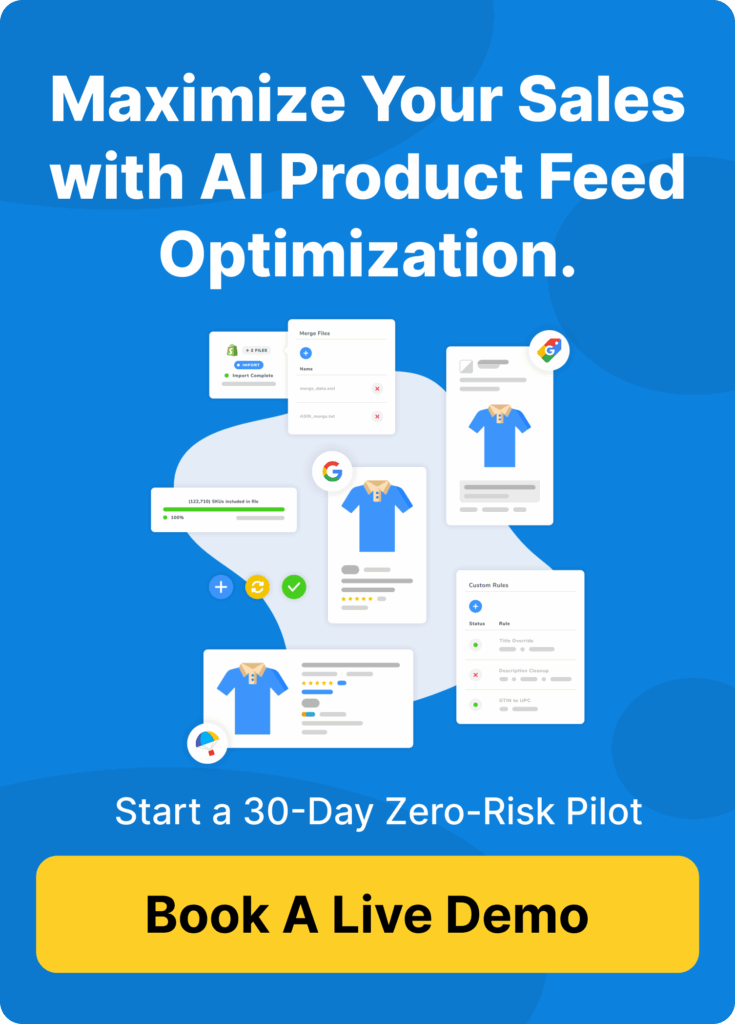Google Shopping Pmax – Level Up Your Pmax Score?
Let’s be real—if you’re managing Google Shopping or PMax campaigns, having a clear objective should be obvious, right? But in today’s digital landscape, it’s easy to get caught up in all the noise. You log into Google Ads, and there’s your optimization score, front and center. Google pushes you to add more assets, run more campaigns, and promises to boost your performance by a certain percentage. It’s tempting to follow all those suggestions, but I’ve learned that’s exactly how you lose focus.
In this post, I’ll walk you through the importance of setting clear goals, especilly when running Google Shopping PMax campaigns, and how it can dramatically impact your results.
The Challenge: Too Many Distractions in PMax
When you open up Google Ads, it’s not uncommon to get sidetracked by optimization scores or recommendations like adding more assets to your campaigns. You start thinking, “Well, if Google says this can improve my performance, I should do it, right?”
The reality is that while these suggestions may be helpful in certain cases, they can also pull you away from your main business objective. Google Shopping PMax is designed to target every part of the customer journey, from brand awareness to conversions, but that doesn’t mean you should try to do it all at once. Doing so can lead to diluted efforts and, frankly, wasted budget.

Using the OKR System for PMax Campaigns
When I think about how to approach goal alignment in Google Shopping PMax, I lean heavily on the OKR system—Objectives and Key Results. Big tech companies like Google and Microsoft swear by it, and it works for a reason.
OKR is all about defining a clear objective and then setting measurable key results that will get you there. It’s a system designed to keep you focused. For example, a CEO’s objective might be to grow revenue by 25%. The key results for this could be increasing customer acquisition or improving conversion rates, both of which are measurable and time-bound.
Here’s the thing: Once you’ve defined your objective and key results, the tasks that will drive those results become clear. In the context of a PMax campaign, this is crucial because it helps you focus on what really matters—hitting your sales targets.
The masterclass video from our learning hub should emphasize the role of OKRs in focusing ad efforts and maximizing return on ad spend (ROAS).
Aligning PMax Campaigns with Business Objectives
So, how do you apply this OKR thinking to your Google Shopping PMax campaign
Let’s say the business objective is to increase revenue by 25% within the next 12 months. The marketing team’s role is to create a plan that aligns with this, and your PMax campaign should be laser-focused on supporting that goal.
Here’s where many businesses go wrong—they try to do too much in one campaign. I see it all the time. They throw multiple objectives into a single PMax campaign, hoping it will somehow work out. Spoiler alert: it doesn’t.
Instead, what I recommend is one campaign, one objective. If your goal is to drive more sales through high-intent Google Shopping and Search ads, your PMax campaign should be structured around that. Don’t mix in upper-funnel, brand-building goals in the same campaign. If you want to run awareness campaigns, set up a separate PMax campaign with a different objective.
PMax Wants You Everywhere—But That Costs Money!!
Google Shopping PMax is designed to be omnipresent throughout the customer journey, from awareness to conversion. But being everywhere costs money, and most businesses don’t have unlimited ad budgets.
You have to make a decision: Are you trying to drive direct sales, or are you looking to build brand awareness? These are two very different objectives, and they require different strategies.
If your goal is to increase revenue by 25%, focus your PMax campaign on high-intent audiences like Google Shopping and Search, where users are actively looking to buy. Make sure your settings reflect this objective—set your budget, ROAS target, and other metrics to support the sales growth you’re aiming for.
One Budget Per Objective—Don’t Confuse the Machine Learning
Here’s a golden rule: One budget per objective. I can’t stress this enough. The machine learning algorithms that power PMax campaigns perform best when they have a single, clear goal. If you try to combine multiple objectives (e.g., driving sales and building brand awareness) into one campaign, the algorithm will get confused. The result? Your budget gets spread too thin, and you won’t hit your targets.
In my experience—after running hundreds of PMax campaigns and overseeing millions in ad spend—this is where most marketers trip up. They blend different goals into one campaign and then wonder why they’re not seeing the ROI they expected.
By sticking to one campaign, one objective, you give the machine learning model a clear target to optimize for, whether that’s a specific ROAS or a set number of conversions.
How to Execute a Clear PMax Strategy
Key Takeaways for Google Shopping PMax Success
Once you have your objective clearly defined, it’s time to execute. Here are a few key steps to keep in mind:
- Budget Pacing: Check your budget weekly, especially during peak seasons like Black Friday or Christmas. Make sure you’re not underspending if you’re on target, as this could mean leaving money on the table.
- ROAS Monitoring: Don’t tinker with your ROAS target too often. Machine learning models need time to accumulate data and adjust, so only make gradual changes—no more than 20% at a time.
- Feed Optimization: Keep your product data up to date, and make sure new SKUs are fully optimized with the correct attributes (product titles, categories, images, etc.). This can make a big difference in Google Shopping PMax performance.
- Inventory Management: Stay on top of inventory levels. If a high-demand product goes out of stock, you could see a sudden drop in sales, which can hurt your campaign’s momentum.
By focusing on these key areas, you’ll ensure that your PMax campaign stays aligned with your business goals, and you’ll have a better chance of achieving that 25% revenue growth.
- Start with a clear objective: Know exactly what you want your PMax campaign to achieve.
- Use the OKR system to define measurable key results that align with your business plan.
- Keep it simple: Don’t try to do everything in one campaign. Focus on high-intent audiences for sales-driven campaigns.
- Stick to one budget per objective: Don’t confuse Google’s machine learning by mixing multiple goals in a single campaign.
- Monitor your campaign regularly, optimize your feed, and stay on top of your ROAS and inventory.
Google Shopping PMax can be an incredibly powerful tool when used correctly, but it’s essential to stay focused on your objectives and not get distracted by every optimization tip that comes your way. With the right approach, you can transform your PMax campaigns into real revenue drivers.
Ready to take control of your Google Shopping PMax campaigns?
Contact us to see how we can help you set clear objectives and align your campaigns with your business goals. Don’t forget to subscribe to our YouTube channel, join our newsletter, or follow FeedOps on LinkedIn to stay updated with the latest tips and strategies!
(see also Pmax Minestrone and the anatomy or a profitable Pmax campaign)


